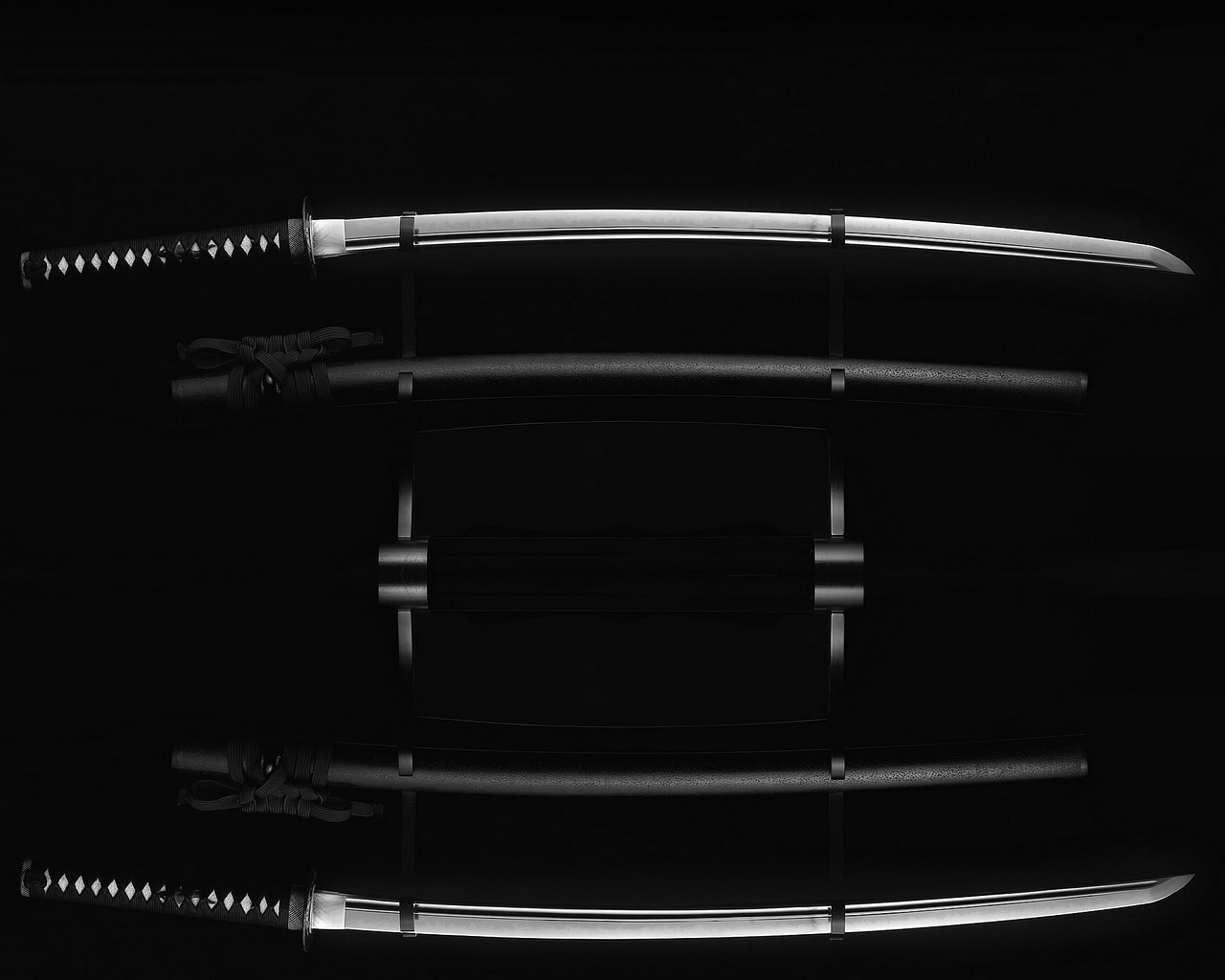What comes to mind when you hear the word “Katana“? Perhaps you envision a sharp-bladed weapon wielded by a Samurai (Japanese warrior). And you’d be right! But the Katana is far more than just a weapon. It’s a unique masterpiece, imbued with Japanese history, culture, and the very soul of its craftsmen.
What is a Katana? Its Difference from Other Swords
Many types of swords exist worldwide. For example, there are European “swords” and Middle Eastern “scimitars,” each evolving within different cultures. However, the Katana possesses several distinct characteristics that set it apart.
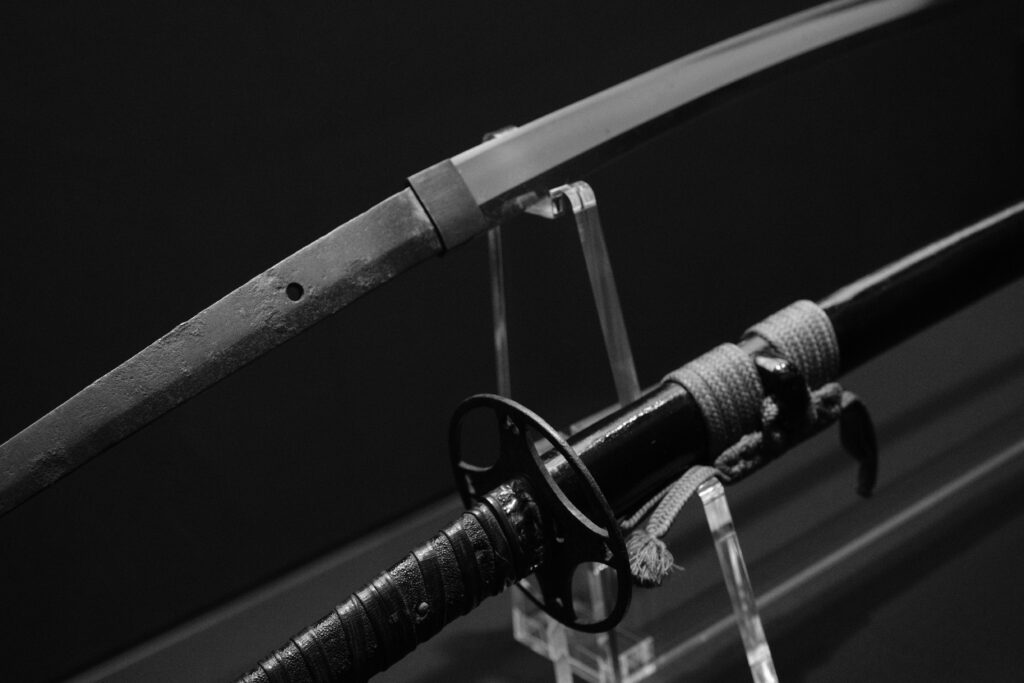
- Distinctive Curve: The Katana is characterized by its beautiful, gentle curve. This shape isn’t just for aesthetics; it was specifically designed to optimize the act of “cutting.” While straight swords might “chop,” the Katana excels at “drawing cuts.”
- “Unbreakable, Unbendable, and Exceptionally Sharp”: These are the ideal qualities for a Katana. To achieve these seemingly contradictory traits simultaneously, Japanese sword makers employed numerous ingenious techniques.
- Layered Construction: A Katana’s blade isn’t made from just one type of metal. By combining hard steel (hagane) with softer iron and repeatedly folding and forging them into many layers, sword makers achieved both resilience and sharpness. Think of it like a mille-feuille pastry – many thin layers creating a strong, yet flexible, whole.
- “Hamon” (Temper Line): This beautiful, wavy or cloud-like pattern appearing on the blade’s surface is called the “Hamon.” It’s created during the quenching process (rapidly cooling the heated blade) and no two are exactly alike. The Hamon is truly the “face” of the sword, born from the sword maker’s skill and artistic sensibility.
Why is the Katana Special? Its History and Evolution
The Katana’s unique evolution is deeply rooted in Japan’s geographical and historical factors.
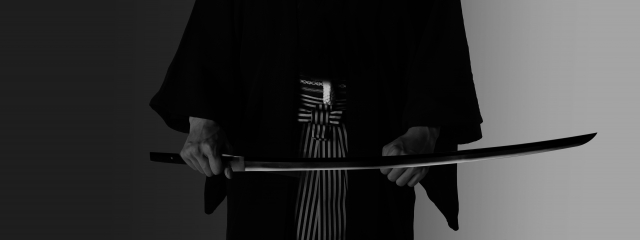
1. Resource Constraints and Ingenuity
Japan wasn’t blessed with abundant, high-quality iron ore. This challenged sword makers to create exceptional blades with limited resources. This very challenge became the driving force behind the layered construction and unique forging techniques mentioned earlier.
2. Changing Forms of Warfare
Japanese warfare evolved over time. From early horseback combat to mass infantry battles, and eventually to an era of peace, the Katana adapted its role and shape accordingly.
- Heian Period (c. 794-1185): During this era, when mounted warriors primarily used bows and arrows, swords with a stronger curve were created, making them more suitable for use on horseback.
- Kamakura Period (1185-1333): The age of the Samurai truly began, and the sword became a more crucial weapon. Many Katanas from this period are powerful and beautiful, laying the foundation for later Japanese swords.
- Muromachi Period / Sengoku Period (1336-1603): With continuous warfare, swords were mass-produced. Yet, sharpness and durability remained paramount throughout this period.
- Edo Period (1603-1868): With peace restored, the Katana’s role shifted from a weapon to a symbol of the Samurai’s “soul” and status. Its artistic value became highly emphasized. The aesthetic appreciation for Katanas grew, and many master craftsmen emerged.
3. The Spirit of Craftsmanship and Traditional Techniques
Manufacturing a Katana requires profound specialized knowledge and highly skilled techniques. Swordsmiths (katanakaji), as these artisans are called, spend days heating, hammering, folding, and polishing the steel. This entire process isn’t just a manufacturing line; it’s almost like a focused ritual. They approach each step with the mindset of “breathing life” into the sword. This spirit of craftsmanship is perhaps the biggest reason why the Katana is so special.
Advantages and Disadvantages of the Katana
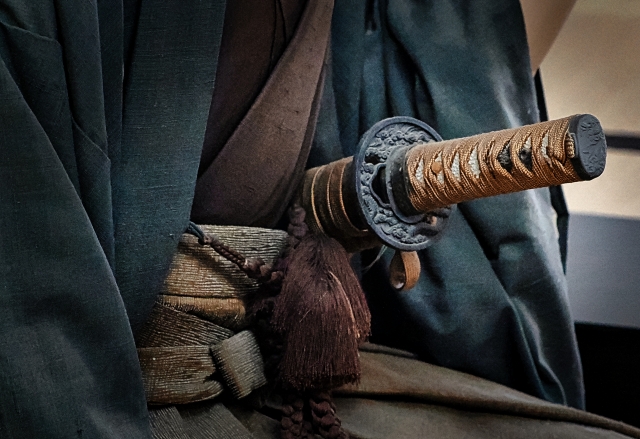
Advantages
- Exceptional Sharpness: The Katana is renowned for its superior sharpness compared to other swords.
- High Durability: Thanks to its layered construction and quenching techniques, it’s resistant to breaking and bending.
- Beautiful Artistry: Its unique shape, Hamon, and elaborate fittings (like the tsuba or handguard, and saya or scabbard) give it immense artistic value, captivating collectors worldwide.
- Cultural Symbolism: It symbolizes Japanese history and culture, deeply intertwined with the spirit of Bushido (the Way of the Warrior).
Disadvantages
- Time-Consuming Production: Being handcrafted by skilled artisans, it takes a significant amount of time to complete a single sword.
- High Cost: Due to the difficulty of manufacturing and the rarity of materials, Katanas are often very expensive.
- Requires Maintenance: Katanas are susceptible to rust, so regular maintenance is essential. Neglecting care can diminish their beauty and performance.
From Past to Present: The Value of the Katana
Once a weapon protecting the lives of Samurai and a symbol of their pride, how has the Katana’s value changed in the modern era, where guns and gunpowder are dominant?
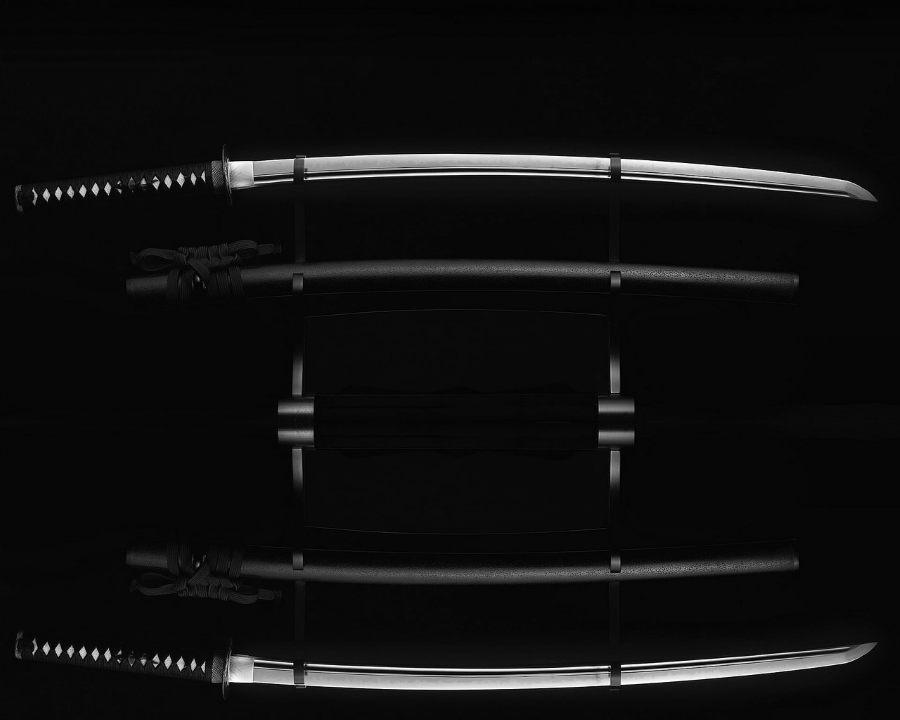
Past Value
- Practicality as a Weapon: On the battlefield, it was the most crucial tool for a Samurai to defend their life and defeat enemies.
- Symbol of Status and Authority: It was a privileged item, only allowed to be owned by Samurai, and its quality and ornamentation indicated a Samurai’s rank and wealth.
- Spiritual Pillar: For Samurai, the sword was considered their very soul, always handled with great care.
Present-Day Value
- Art and Antique Value: Today, its beautiful craftsmanship and historical significance make it highly prized as a work of art and an antique. Katanas are housed in museums worldwide and traded at high prices.
- Traditional Craft Value: The techniques of swordsmithing are designated as important intangible cultural properties of Japan, and this tradition continues to be passed down through generations. The Katana is one of Japan’s proudest traditional crafts.
- Symbol of Spirituality: Even today, the Katana symbolizes the spirit of Bushido and Japanese aesthetics, revered by many. Its presence has become widely known overseas through popular culture like movies, anime, and games.
- Investment Asset: Historical and rare Katanas are also attracting attention as investment assets.
Conclusion
The Katana is more than just a piece of metal. It’s the culmination of craftsmanship born from Japan’s unique environment, a testament to a history that has endured countless conflicts. Above all, it’s a living work of art, embodying the soul of its craftsmen and the respect of those who appreciate it.
If you ever have the chance to visit Japan, we highly recommend seeing a real Katana in a museum or sword exhibition. By experiencing its refined beauty and touching the spirit of the Samurai hidden within, we believe you’ll discover a new sense of wonder. The Katana continues to shine, from the past to the future, and from Japan to the world.

